Last Saturday night was spent in a hall blasting with Greek music, half-drunk Argentine Greeks dancing around in circles, and plenty of broken plates leftover from the plate-throwing ceremonies so typical of Greek parties.
Now, before you assume I’m a Greek goddess with sun-kissed bronze skin, let me assure you that I am not. I am just a normal Asian girl living in Argentina who attended a fund-raising dinner at a Greek Canteen in the chic Palermo neighborhood, and was in for a treat. Juan and I, together with a table full of friends and their family members, were seated patiently, awaiting our Greek delights. To be honest, I had no clue what Greek food consisted of, other than just the classic Greek salads that are served in touristy restaurants.
So you can imagine that I was very excited to be attending my first Greek dinner in a traditional Greek canteen. These events are usually only organized two to three times a year, and since a friend of ours was organizing the event, we decided to attend and take part in their party as well. Actually I agreed to attend more out of a desire to try Greek cuisine than because I was really keen on helping the canteen to raise funds, but the intention was there.
Dinner was humble fare (to be honest I had expected dishes which were a little more exotic), but it didn’t stop me from enjoying the food. There were quite a lot of different items served, and here are the items which particularly appealed to me (and my taste buds).
Greek Appetizers:
Classic Greek Salad is known in Greece as village/country salad (horiatiki) and is essentially a tomato salad with cucumber, red onion, feta cheese, and kalamata olives, dressed with olive oil. In Cyprus it contains also cracked wheat (bulgur), spring onions instead of red onions, and lemon juice.
Dolmadakia, which is from theTurkish word “Dolma”, is grapevine leaves stuffed with rice and vegetables; meat is also often included. In Spanish they call it “Niños Envueltos” which literally means wrapped babies – I suppose it’s to do with the way this appetizer looks – kind of like green silk worms.
Feta Cheese & Olives (this is self-explanatory)
Main Courses:
Moussaka is an oven-baked layer dish: ground meat and eggplant casserole, topped with a savory custard which is then browned in the oven. There are other variations besides eggplant, such as zucchini or rice, but the eggplant version, melitzánes moussaká is by far the most popular. The papoutsákia (“little shoes”) variant is essentially the same dish, with the meat and custard layered inside hollowed, sauteéd eggplants. I had this for my main course and honestly think it’s very similar to Shepherd’s Pie, with eggplant and the savoury custard being the variant.
Pastitsio is an oven-baked layer dish: Bechamel sauce top, then pasta in the middle and ground meat cooked with tomato sauce at the bottom. Juan had this dish, which looked extremely funny to me, but I suppose it also another variant of Shepherd’s Pie with pasta instead of mashed potatoes.
Desserts:
There were quite a few desserts available, but the ones which looked the most interesting were Baklava and Kourabiedes. I’ll warn you now that Greek desserts are extremely sweet, and can be a little overwhelming if you take one too many a bite. But they are pleasantly delicious if you want something sweet to finish off your meal, but remember that in cases like these, sometimes less is more.
Baklava is probably one of the Greek desserts that I’ve always thought was a Middle-Eastern dessert, so I was pretty surprised when I found it on the Greek menu on Saturday night. It sort of reminded me of Apple Strudel because of the filo pastry involved, but trust me, its definitely way sweeter and has no apples at all. Baklava is a rich, sweet pastry made of layers of filo pastry filled with chopped nuts and sweetened with syrup or honey. It is characteristic of the cuisines of the former Ottoman Empire and those of Central and Southwest Asia (so it is also a Middle Eastern dessert!).
Kourabiedes, which Juan tried, are Christmas cookies made by kneading flour, butter and crushed roasted almonds, then generously dusted with powdered sugar. I have a strong suspicion that Juan chose this dessert because of the icing powder so generously sprinkled over the cookies, since icing sugar has always been a decorative ingredient and makes every dessert look tempting.
Our table – after we had devoured all the food!
Juan and I with Agustina, Joey, Peta & Belen:
With my very hot & lovely girlfriends, Agus & Belen:
After stuffing ourselves silly with these Greek delicacies, we were treated to a very impromptu party.
A couple of friends started doing a Greek dance, followed by a couple of other Greeks and very soon the entire hall was vibrating with the energy exuding from these jumping and prancing Greek gods and goddesses!
Now if you’re wondering why I told you earlier on that the floor was littered with broken plates, please don’t be alarmed. No, there wasn’t any fight involved, nor did the waiters decide to go on strike and throw all the plates on the floor, so relax and calm down. But it was quite a sight to behold. So before you get all disappointed that it wasn’t due to some wrestling match, I’m telling you that the broken plates were a result of the Greek community throwing plates on the ground and breaking plates on each other’s heads (which were sold at 5 plates for 40 pesos). Yeah, seems such an illogical waste of money to buy plates just to destroy them in less than a few seconds. Beats me as well.
According to Wikipedia, plate smashing is a traditional Greek folk custom involving the smashing of plates or glasses during celebratory occasions. In popular culture, the practice is most typical of foreigners’ stereotypical image of Greece, and while it occurs more rarely today, it continues to be seen on certain occasions, such as weddings, although plaster plates are more likely to be used.
So the party does get pretty messy and you literally “get smashed ”, but Greeks party like only they can, and they just sweep all the broken plaster plates to one side, and continue dancing the night away, Greek god style.
I leave you with a video of my Greek friend Peta doing a Greek dance with plates being thrown at him. A pretty weird way to show your love for your friends, but that’s the way it is! ENJOY!
[youtube=http://www.youtube.com/watch?v=7VxEcQoarRw&feature=youtu.be]
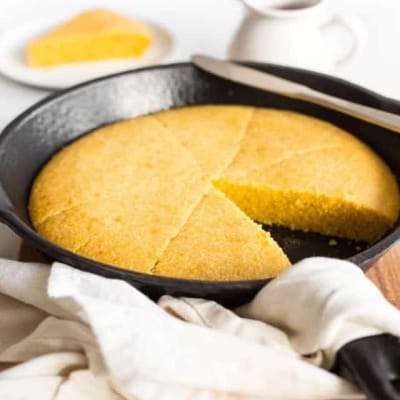
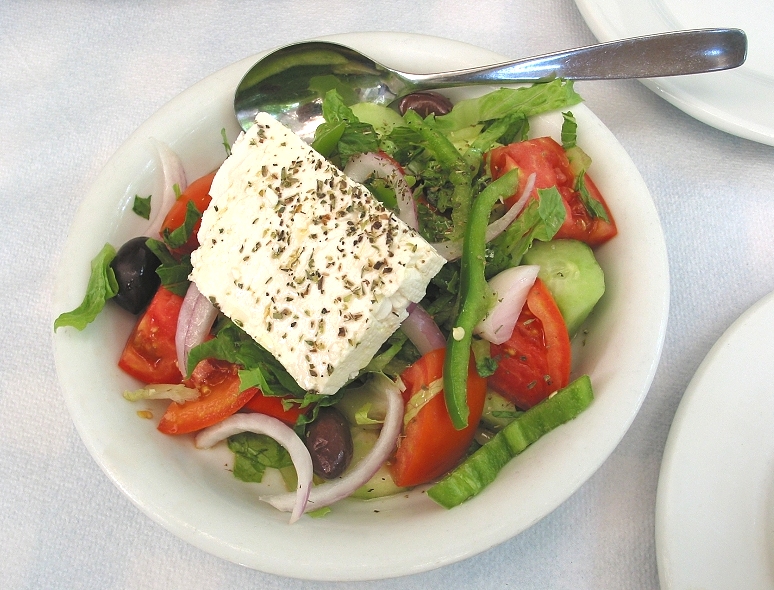
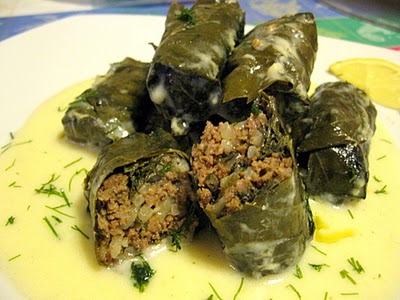
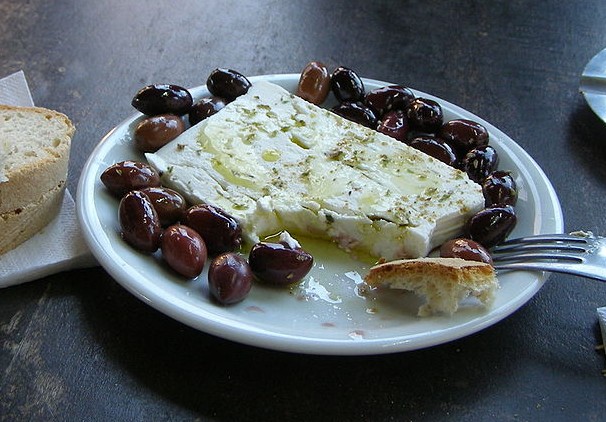
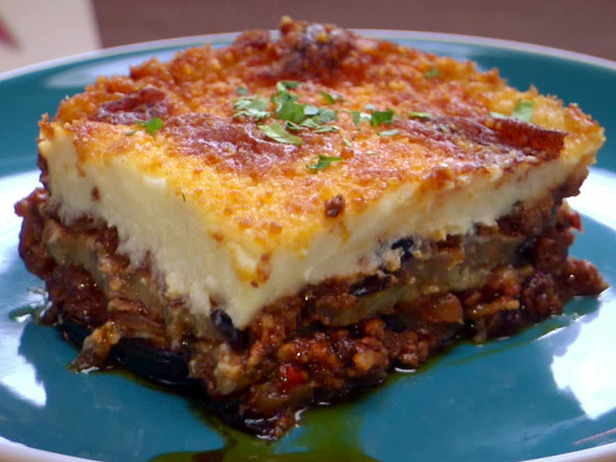
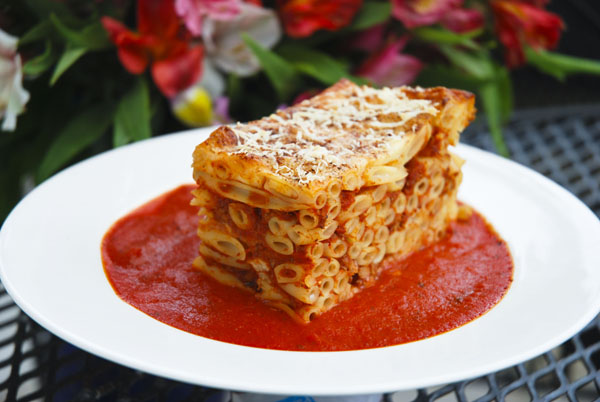
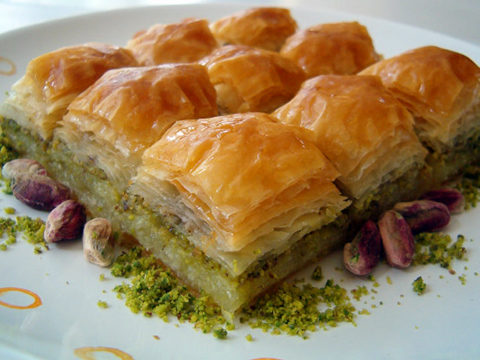
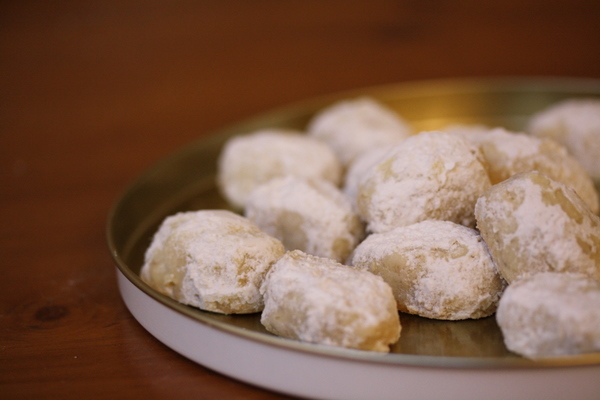
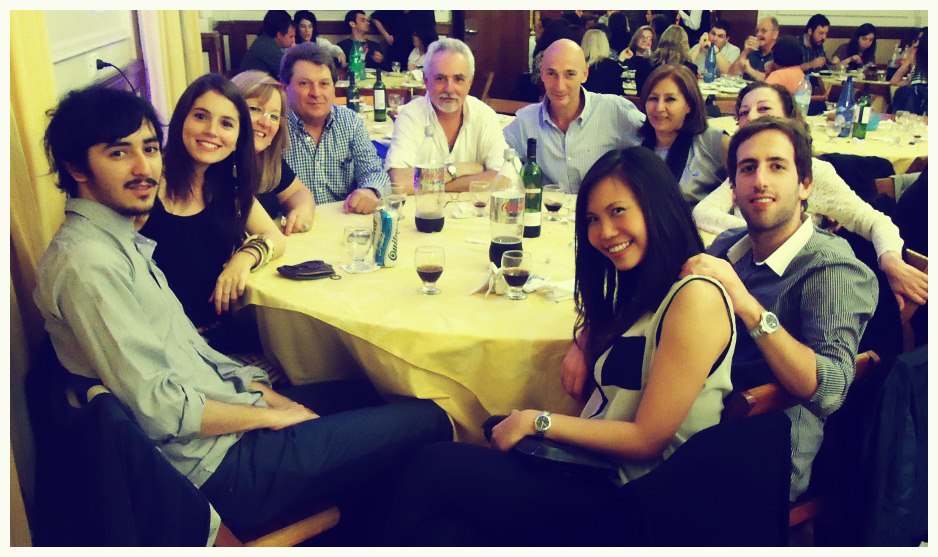
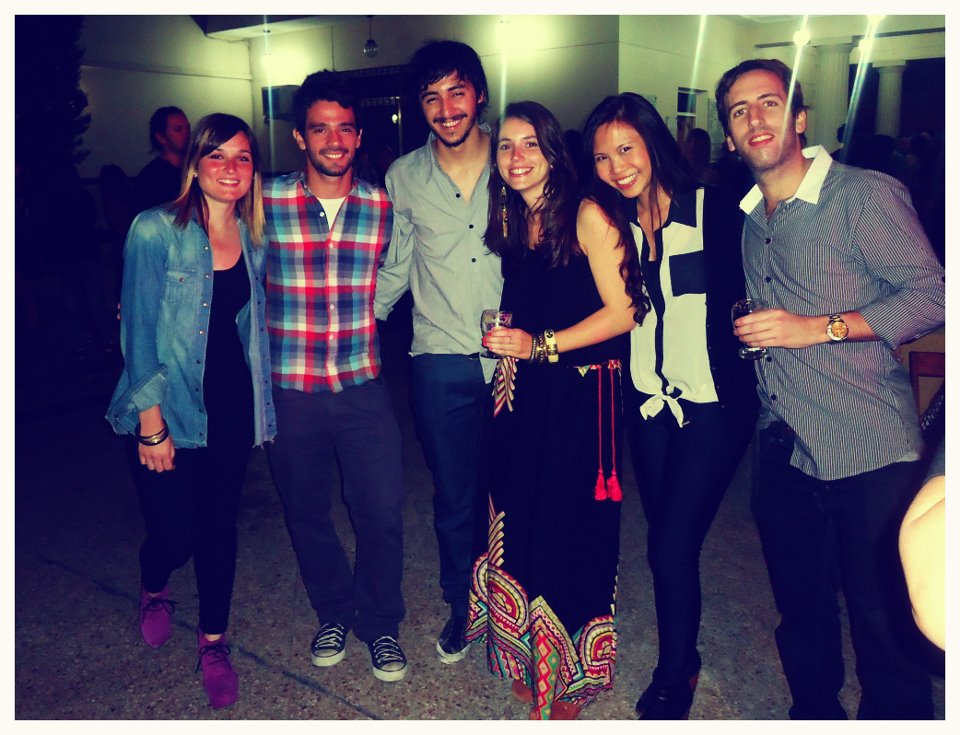
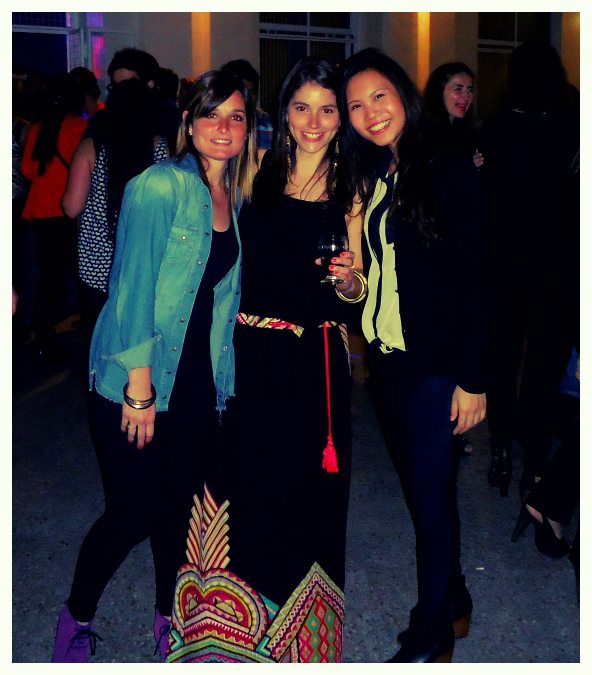





love greek dance with plates throwing! wish i could do that one day
Hello!
It was quite fun although the plate-throwing part was quite exclusively for the greeks (or maybe I just didnt insist enough to throw the plates). You should try it one day too! it sure is a fun way to get the party going!! 🙂
Have an awesome week dear!
xoxo,
felicia
wow – what a treat!
Yes Mummy it was a lot of food & fun!!
I enjoyed reading this!
Hello Wee Lu!!! You should visit a Greek canteen one day when you can! Greeks sure know how to get the party going and they can be quite fun to hang around with (even when they are half-drunk)!!